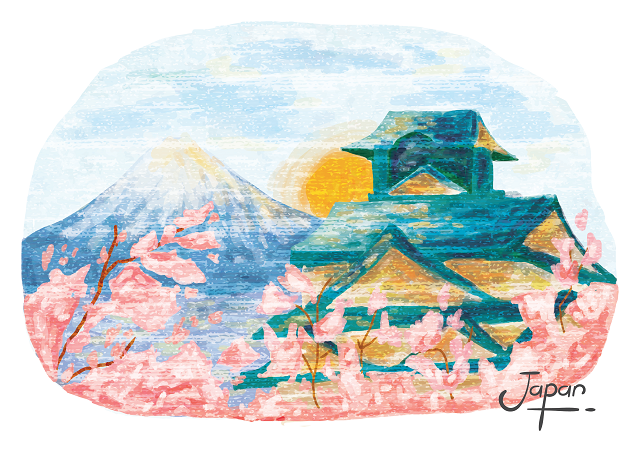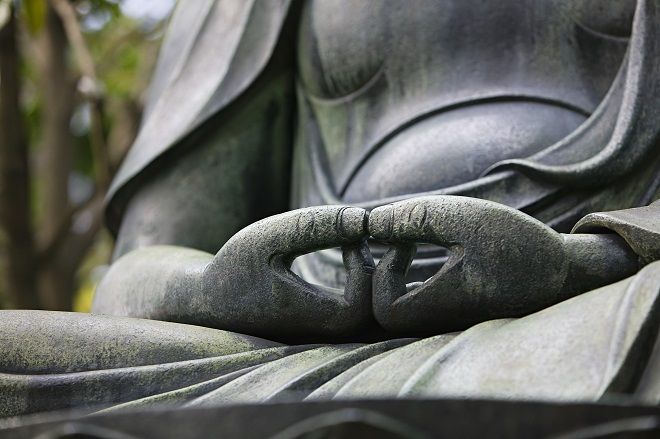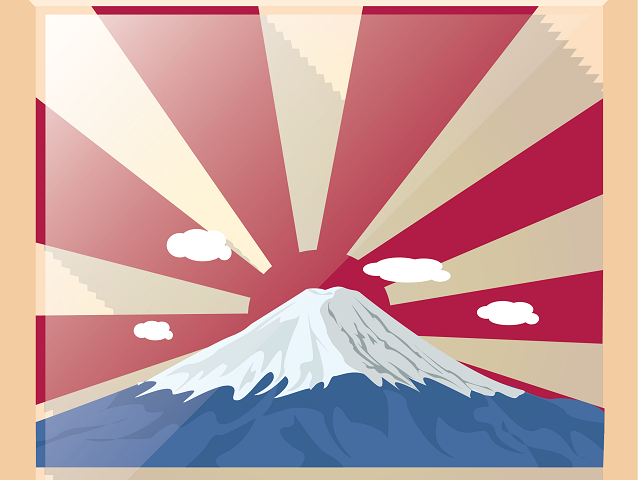Hello Everyone and welcome to “What is Japanese Culture”!
One of the coolest things about learning a new language is getting to know the culture. Even though we’re all humans on this little planet we call Earth, we all tend to do things a little differently, or even a LOT differently depending on how far from home you go!
Visiting Japan can be like going on an adventure for anyone who is not from an Asian country. There are so many sights to see and things to do that you just can’t get anywhere else in the world.
The culture of Japan is very rich and full of stuff that you probably have not even heard of before! So Today we’re going to take a look at 5 things that are totally Japanese!
Of course there’s not enough time to go over every single thing that is a part of the whole culture, but we should be able to touch on enough to give you a crash course on it. So, without without further ado, let’s begin! ^_^
A Touch of History

Japan has been around for thousands and thousands of years. And even though Japan is now on the cutting edge of technology and is considered totally modern, you can still see the influence that its history has over it.
Back in the day, Japan was ruled by the military might of various warlords and their mighty Samurai 侍. In fact, if you read any book on Japan’s history you will spend a lot of time learning about the different Japanese clans who fought each other for land and power for hundreds of years.
Yet surprisingly, the Samurai only comprised a very small percentage of the entire population; about 10% at its peak. This is because people had to be BORN into the Samurai tier in order to be one.
There were four different tiers that people were born into and each one had a different position in the hierarchy of society.
- Samurai
- Farmers
- Artisans
- Merchants
Samurais were first because they were born and bred to be the warriors. They had the most honor and often died young in battle. The Farmers were in second place because the rulers realized that you gotta’ have food to feed people, including their soldiers.
Artisans came in third after farmers. These were the people who built everything like the materials for buildings and the weapons for the Samurai. And in last place came the merchants. Merchants were looked down on, since they were considered “money grubbers” and a necessary evil for society to survive. They weren’t really considered to have any honor.
If you’ve spent any time learning the Japanese language, then you should be familiar with the different levels of politeness that certain words have. When two people speak to one another, you can tell which one is in a socially superior position based on the words that they use.
This “social status” aspect of Japanese was very important back when everyone was in one of the four tiers, and it’s still important today. The fact of the matter is that the Japanese culture is a hierarchical one in nature. It always has been, and it most likely always will be.
Buddhism and Shinto

The two main religions in Japan are Buddhism and Shinto. All over Japan you can find and visit Buddhist temples that are called otera お寺, and Shinto shrines that are called jinja 神社.
Buddhism was brought to Japan by immigrants through South Korea. And it was these Buddhist monks that taught the Japanese people how to read and write. Although at the time, it was only Chinese characters that the monks taught the Japanese. Later on these Chinese characters were used to create the three Japanese writing systems of Hiragana, Katakana, and Kanji.
One of the reasons that Buddhism was so important was because its monks were the ones who recorded history and passed on knowledge. They were really the only scholars at the time.
Many Samurai were taught Zen Buddhism as a way to quiet their minds and control their emotions. A warrior must always be prepared mentally for battle, as well as physically. Zen Buddhism had its emphasis on discipline and self-reliant effort; both essential qualities to have.
Shinto, on the other hand, is a religion that teaches that there is a spirit in everything. There is a spirit in the pebble, and there is a spirit in the mountain. You should probably respect them both, but if you disrespect the pebble, what’s it gonna’ do? It’s a pebble!
Shinto is where a lot of Japanese folk lore comes from. If you’ve ever heard stories about a tricky fox spirit, now you know why. In fact, the amazingly popular Pokemon games are based off of a combination of Shinto and professional wrestling!
It’s interesting to note that Buddhism and Shinto are not mutually exclusive religions. Many Japanese people believe in both of them and see them as more of a moral code or way of living one’s life, rather than a “one true religion” sort of thing that you often see in Western societies or the Middle East.
Yummy Food!

Japan is a collection of islands of course; and not very large ones at that. Actually, you could fit just over 25 Japans inside of the United States of America!
And since it’s a collection of islands, that means it’s completely surrounded by FISH! The Japanese word for fish is sakana 魚 and many of the meals that you can eat have at least a little something to do with fish.
- Sushi
- Sashimi
- Tempora
How many different ways can the Japanese prepare a dish of fish? A LOT!
Another thing to know about Japan’s food is that they eat a lot of rice, also known as kome 米. Perhaps even more so than fish! You see, Japan doesn’t have a lot of flat land to grow large fields of things like wheat or corn. But what land they DID have back when they were an isolated country, was very conductive to growing rice. So that’s exactly what they did! 🙂
As time has passed and Japan’s population has grown, they have had to import a lot of food into Japan from other countries. But even though Japanese people now have access to lots of different food other than rice and fish, it’s such a part of their history and culture that they still eat it all the time!
Related to food, are the chopsticks!
Chopsticks, or ohashi お箸, also come from China. They didn’t believe that a knife (a weapon) had any place at the dinner table, and so they used chopsticks to eat their meals instead. Here’s a few things to remember when using chopsticks in Japan:
- Don’t stick chopsticks INTO your food. This looks like incense during a funeral.
- Don’t pass food from your chopsticks to someone else’s chopsticks. Again, something similar is done at funerals.
Keep those two rules in mind and you should be good to go!
Manga and Anime

Manga 漫画 is the name for Japanese comics. But that’s just a simple way to understand it. If you’ve ever spent some time reading comics in English and then manga, you’ll know that they are two veeeery different things!
Manga in Japan is big HUGE! They sell over 50% more manga in Japan than they do in America, even though America’s population is over double Japan’s!
Everyone in Japan reads manga. Young kids read it, teenagers read it, adults read it, EVERYONE! It’s a pretty big part of the culture and you can find manga stores all over the place.
They also cover a very broad range of material. You can read fiction stories like you would expect, but you can also read mangas that teach you a foreign language!
Anime アニメ is short for “animation” and it’s basically Japanese cartoons. It’s very similar to manga in the way it looks, but there are some differences to note:
- Anime has lots of color, most manga is just black and white
- Anime has sound (voice acting, music, sound effects)
- There is a lot LESS anime than there is manga
- Anime is often (but not always) based off of a manga series
Anime is a big part of Japan’s culture. If you aren’t familiar with it, then you should check it out! There’s a lot of different genres and I’m wiling to bet you can find something that you like.
A friend once recommended Food Wars to me ( an anime about food). I didn’t think it’d be any good, but I started it anyway. I got hooked! I don’t know how, but an anime about food is actually pretty awesome!
Cherry Blossoms

Every year between March and May the cherry blossoms bloom across Japan. It’s a wonderful break from the long winter months and the Japanese people eagerly look forward to it.
They actually have a word for it: hanami 花見 which means “flower viewing.” The spring time is one of the busiest in Japan for tourism. People love to visit the parks and gardens to check out the amazingly beautiful sakura 桜 (cherry blossom).
Historically speaking, the cherry blossom was very important since it signified when the rice planting season began. And the Japanese people believed that there were spirits in the sakura 桜, so they made offerings to it.
AND you’re gonna find a lot of food and drinks that are “sakura さくら” flavored. Look for the pink food and drink to try it out for yourself!
The blossoms usually only hang around for a couple of weeks, so if you want to see them for yourself, better get on it!
Got a Question?
Well that about wraps it up for today! We took a little look into the history and the two primary religions of Japan. Then things got really fun with some delicious food, some manga, and some anime. And finally we ended it off with the beautiful flowing viewing.
There’s way more in each of the categories than just what we went over. And of course there’s a lot more to Japan’s culture that we didn’t even have time to talk about today. So let me ask you…
- Wanna’ know more on one of the above topics?
- Wanna’ know about something not on today’s list?
- AND, what’s YOUR favorite thing when it comes to Japan and the Japanese culture?
Leave me your answer with a comment below! I’ll take your feedback, do some more research, and then write a new post on it! Until then, see you later! (^_^)b
Further Resources for Learning Japanese:
#3 Get My eBook (Secrets to Learning Japanese) for Free

またね!

Hi Nick! Great article on a culture I and many Americans find intriguing. I love how you gave their proud history and defined the different classes as that was always confusing to me before reading your article. I would love to visit Japan someday as I have always loved their vast gardens. I definitely want to do that during the spring when the Yoshino Cherry trees are in full bloom. Would love to try more of their culinary culture as well.
Hey Robert, glad you enjoyed it! As an American, our history is relatively short (few hundred years) so it’s always fascinating to study other cultures that have been around a very, very long time.
I haven’t written much about Japanese food yet, but I did write a little article on their candy. Check it out if you like! 🙂
https://japanesetactics.com/what-is-japanese-candy-here-are-5-kashi
Hi Nick! This seems interesting. Never thought of visiting Japan before. But now it will definitely be on my list. I really hope that I got the chance to watch the cherry blossom. My favorite thing when it comes to Japanese culture is inarguably the animes. I am a huge fan of Naruto, Dragonball, Slam Dunk, Yu Yu Hakusho and Law of Ueki just to name a few.
Heck yeah man! I also love me some Dragon Ball Z and Yu Yu Hakusho! I used to watch them all the time as a kid back when they had Toonami on Cartoon Network.